Why Executive Buy-in Important?
Setting the tone for adoption
Leadership sets the tone for any major initiative within an organization. When executives visibly support ERP adoption, it sends a clear message to the workforce that this is a priority. Their involvement and advocacy create a culture of accountability, where employees understand the significance of the transformation and are more likely to embrace it. On the other hand, a lack of executive buy-in can lead to skepticism and resistance.
Driving organizational change
ERP adoption is not merely about implementing a new software system; it's about transforming how an organization operates. It involves altering processes, redefining workflows, and introducing a new way of working. For such a significant change to be successful, it requires the total commitment of an organization's leaders, particularly the executives. Their buy-in is not just an endorsement but a signal to the organization that the change is necessary and supported at the highest level.
Resource allocation
ERP adoption often requires significant resources, including financial investments, time, and skilled personnel. Executives ensure that the necessary resources are allocated for the successful implementation of the project. From budget approvals to staffing decisions, the support of executives is instrumental in securing the resources needed for ERP transformation.
Defining clear objectives
Successful ERP adoption requires clear objectives and a well-defined roadmap. Executive buy-in ensures that these objectives are not only set but also championed. Leaders provide the vision and direction, aligning the ERP implementation with the organization's strategic goals.
Overcoming resistance
Resistance to change is a common challenge in ERP adoption. When executives are on board, they can play a vital role in addressing resistance. Their endorsement can help mitigate skepticism and create a sense of urgency. Moreover, executives can communicate the benefits of ERP adoption and provide a vision of the future state, motivating employees to embrace the change.

Strategic alignment
ERP adoption is not an isolated project; it needs to align with the organization's strategic goals. Executives responsible for setting the organization's strategic direction are pivotal in ensuring that ERP adoption is in sync with the broader vision. Their buy-in ensures that the transformation supports the organization's long-term goals.
Risk mitigation
Any major project carries risks, and ERP adoption is no exception. Executive buy-in is a risk mitigation strategy in itself. When committed to the project, executives are more likely to proactively address challenges, make critical decisions, and provide the necessary support to overcome obstacles. Their involvement significantly reduces the project's vulnerability to failure.
Change management leadership
Successful ERP adoption requires effective change management. Leaders need to guide their teams through the transition, provide continuous communication, and ensure that the workforce is adequately prepared for the change. Executive buy-in is critical in driving change management efforts. It enables leaders to be effective change agents who provide direction and guidance throughout the transformation.
Visibility and accountability
Executive buy-in ensures that ERP adoption remains visible and accountable throughout the organization. When executives are invested in the project, they are more likely to regularly review its progress, ensure that it remains on track, and hold teams accountable for their roles in the transformation.
Conclusion
Leaders play a decisive role in setting the tone for and overcoming resistance. Their power lies in their ability to inspire, lead, and align the organization toward adoption. By actively championing, leaders set their organizations on the path to digital transformation and enduring ERP success.







